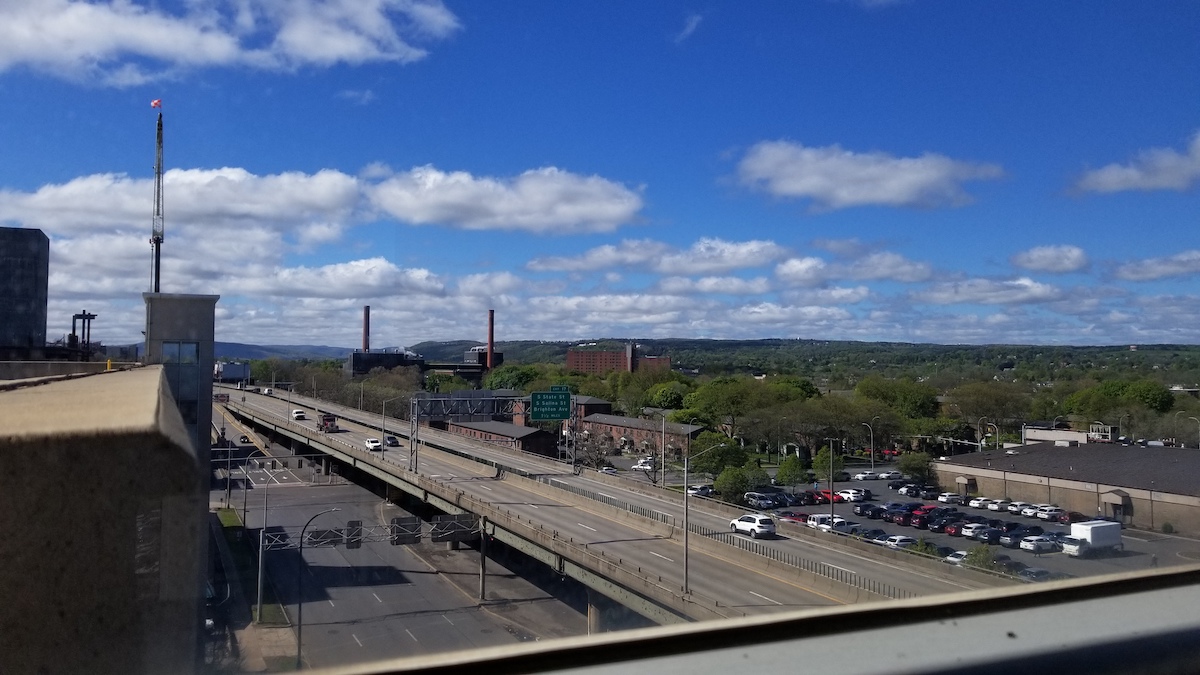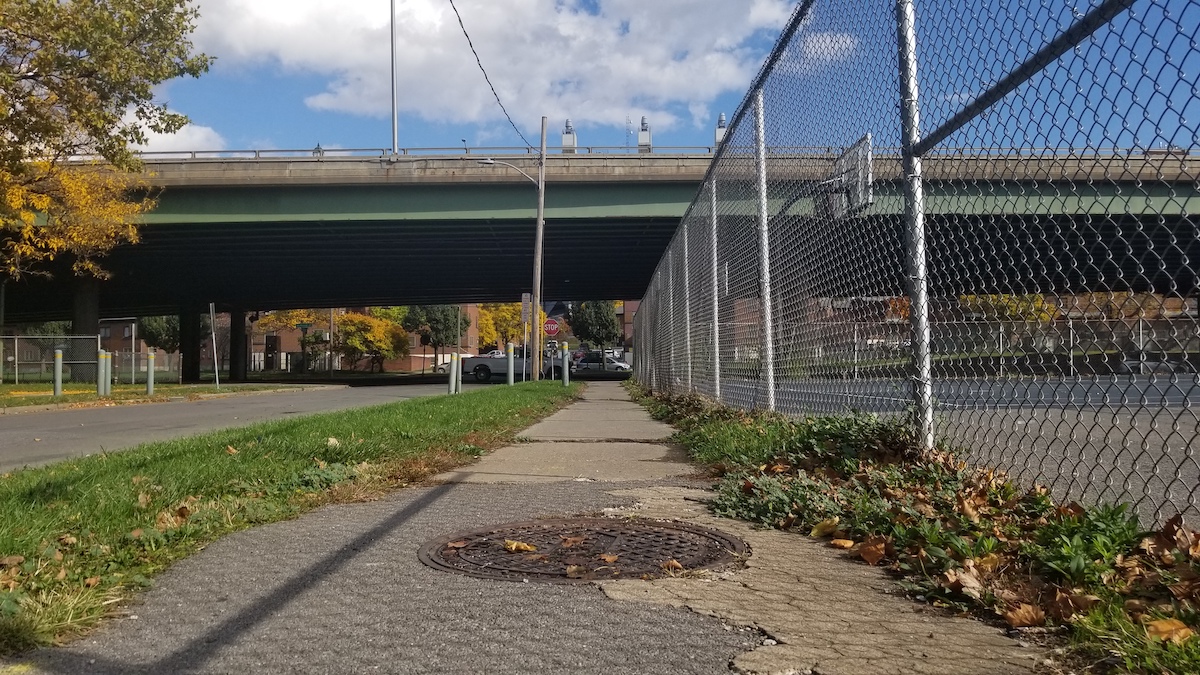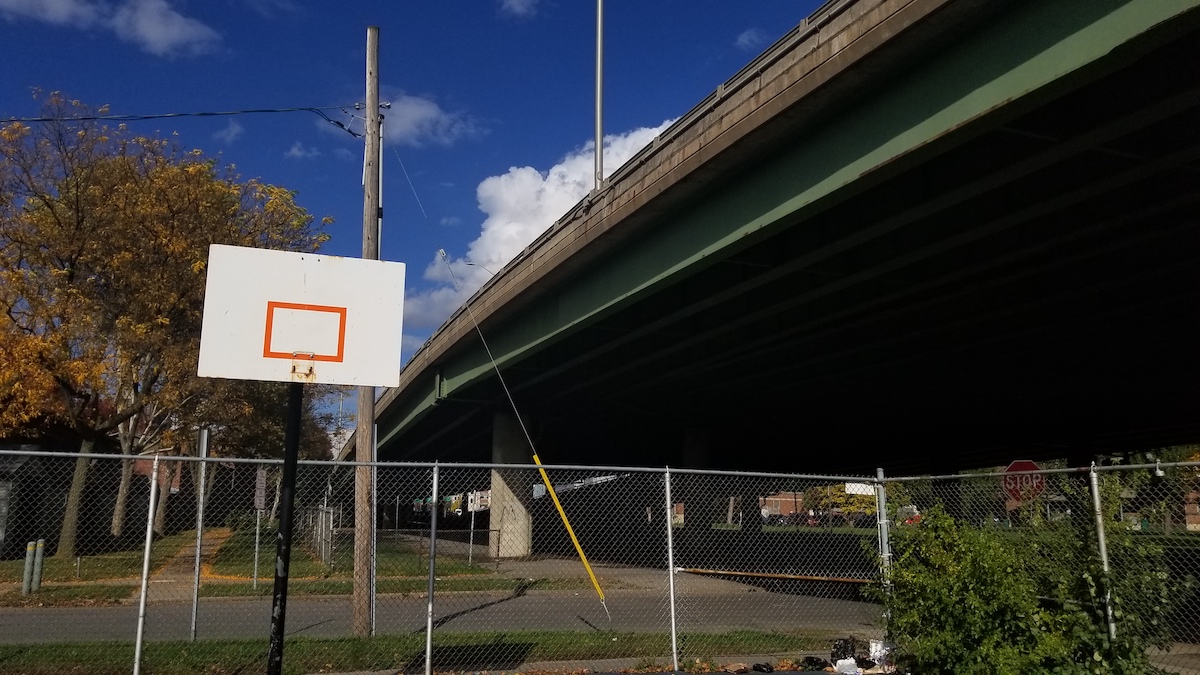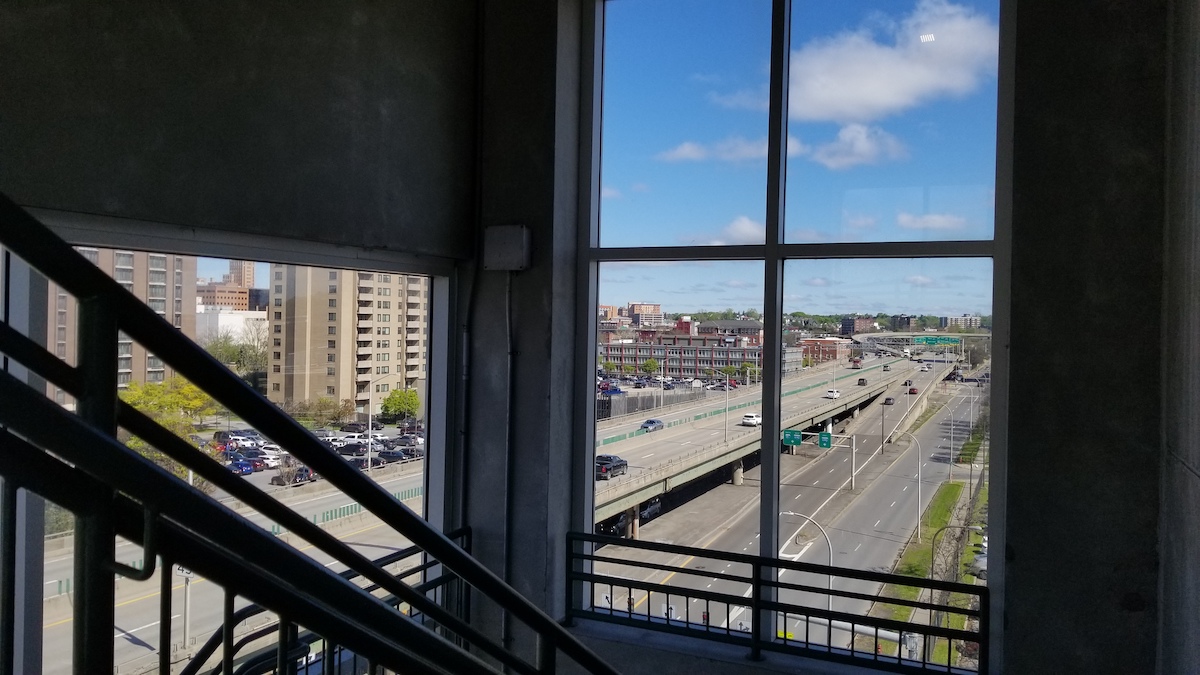As the community grid rolls in and Mayor Ben Walsh’s Syracuse Surge program promises to invest in Central High School on the city’s South Side, community members are imagining what the new Syracuse could look like.
Ed Bogucz imagines affordable housing that makes the commute to the city’s hospital and universities walkable, and even a light rail line alongside the grid that would provide a lifeline between the Hill, downtown Syracuse, the Regional Transportation Center, and the airport.
Beth Crawford imagines a 15th Ward corridor with design guidelines founded in the area’s history, and the former church building at 711 East Fayette St. as a cafe and destination for customers out for a night out to Syracuse Stage.
Jessie Griffin imagines a coming wave of technology jobs for Syracuse’s younger generation.
Eloise Currie imagines community programs and centers that could help reduce violence and crime in the city.
Courtney Rile, the filmmaker of the 15th Ward and Beyond documentary, imagines community infrastructure and bike lanes that make Syracuse’s streets inviting and walkable to centers like what the Dunbar used to be, plus city planning in which diversity is considered an asset.




Julya Guins-Clark, who lived on Burt Street near Pioneer Homes where I-81 now runs through the backyard, imagines a governing body in Syracuse representative of the racial diversity among the city’s population, and more equitable education opportunities within the city’s school district.
Nancy Keefe Rhodes, who worked closely with beloved 15th Ward photographer Marjory Wilkins, imagines the preservation of 711 as a museum of 15th Ward history, and imagines economic compensation for and investment in the communities displaced from the 15th Ward.
Lanessa Chaplin imagines acreage formerly dedicated to the viaduct opened up to a land trust of local residents to build localized resources like Black-owned barbershops, butchers, tailors, bookstores, and cultural centers.
Lee McKnight, a Syracuse University professor and faculty advisor to the Worldwide Innovation Technology and Entrepreneurship Club, imagines Syracuse as the first city in the nation to start a Certified Ethical AI Developers program that would lead in accreditation for the rising smart-technology field.
Yahkeef Davis, a local activist and data scientist, imagines a smart-technology grid of streetlights that will provide a network of data collection across the city to aid in equitable distribution of city services like snow plowing and responses to power outages.
Sharon Owens imagines the opening of the JMA Wireless headquarters in Syracuse that plans to bring walkable manufacturing jobs for the 5G (fifth-generation technology for cellular networks) industry to the city’s South Side.
Yusuf Abdul-Qadir, a former senior strategist for the NYCLU, imagines Syracuse as a data-driven cultural and educational center that allows residents to take ownership and pride in their histories.
As Syracuse residents, representatives, and community leaders continue to envision urban development in the city, I-81’s past, present, and future will form a critical part of the discussion. For more than half a century the highway has shaped the lives of nearly every city resident, and the community grid, reinvention of the 15th Ward, and investment in the city’s South Side is poised to shape the future for generations to come.
With I-81 coming down and the community grid and smart-technology infrastructure going up in its place, Abdul-Qadir remains hopeful that the city could come to stand as a model for equitable development across the country.
“And I think we can do it.”
How do you envision Syracuse’s future? Tweet your imaginings for equitable development in Syracuse to #Visualizing81 and #SyracuseDivide.
Editor’s Note: Visualizing 81 uses photographs from the Onondaga Historical Association, many of which were taken by Black photographers who lived in the 15th Ward but have since been detached from their photo credits. Visualizing 81 is working to reunite these credits with their photos. Well-known photographers of the historic 15th Ward include
Marjory Wilkins,
Richard Breland,
Damon Presley, Grady Reid, and Andy Branch.